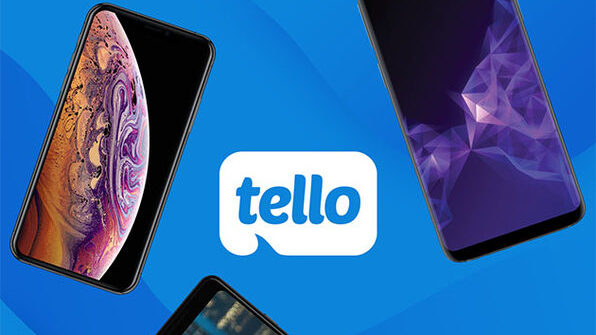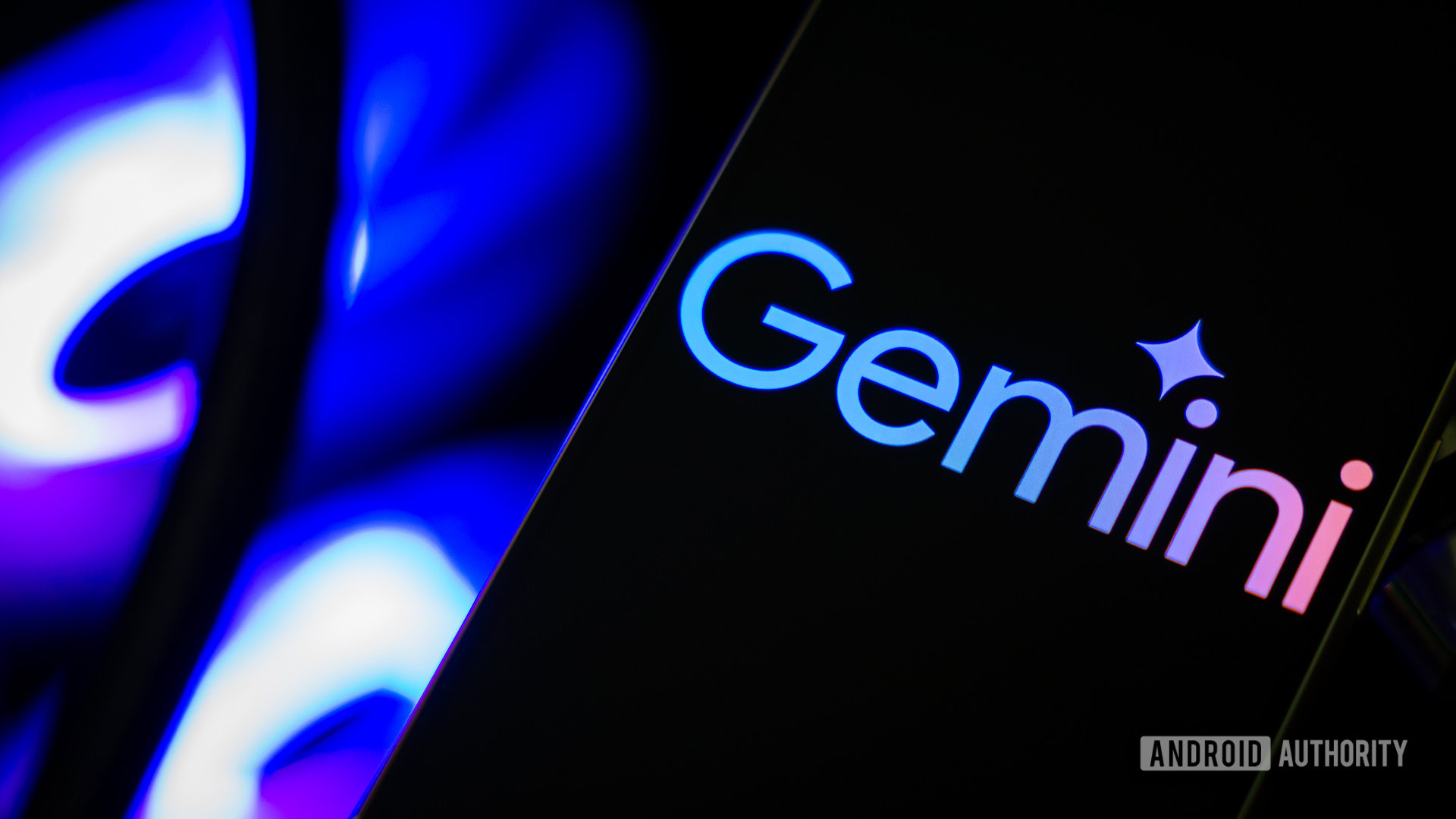Fiber Optic Cable: The Backbone of High-Speed Internet
Say goodbye to lagging and buffering with the lightning-fast speeds of Fiber Optic Cable. Upgrade now to experience seamless browsing and streaming. Get started today!

Are you familiar with the term Fiber Optic Cable? Have you ever wondered how information is transmitted over the internet at lightning speed? Well, Fiber Optic Cables are the answer. In this article, we'll take a closer look at what Fiber Optic Cables are, how they work, and why they're essential in today's world.
What is a Fiber Optic Cable?
A Fiber Optic Cable is a type of cable made up of thin, transparent fibers of glass or plastic, which are used to transmit light signals over long distances. These cables are used to transmit data, video, and voice signals at high speeds and over long distances.
Request a sample of this research report @
https://www.marketresearchfuture.com/sample_request/1072
How Does a Fiber Optic Cable Work?
Fiber Optic Cables work by transmitting light signals through the cable's core, which is made of glass or plastic. The light signals bounce off the walls of the core and are transmitted from one end of the cable to the other. The light signals are converted back into data signals when they reach their destination.
Why is Fiber Optic Cable Important?
Fiber Optic Cables have revolutionized the way we communicate and share information. They provide faster internet speeds, better video quality, and more reliable communication channels than traditional copper cables. Fiber Optic Cables have become the backbone of high-speed internet, and their importance will continue to grow as we become more reliant on technology.
Types of Fiber Optic Cables
There are two main types of Fiber Optic Cables: single-mode and multi-mode.
· Single-Mode Fiber Optic Cable
Single-mode Fiber Optic Cables have a small core diameter, typically around 9 microns, which allows them to transmit light signals over long distances with very little signal loss. They are used in long-haul communication networks, such as those used by telecommunications companies to transmit data over long distances.
· Multi-Mode Fiber Optic Cable
Multi-mode Fiber Optic Cables have a larger core diameter, typically around 50 or 62.5 microns, which makes them less suitable for long-distance transmissions but more suitable for short-range transmissions, such as those used in local area networks (LANs).
Advantages of Fiber Optic Cable
Fiber Optic Cables offer several advantages over traditional copper cables:
· Faster Data Transfer Speeds
Fiber Optic Cables can transmit data at much higher speeds than copper cables. This means that data can be transferred more quickly, resulting in faster internet speeds and quicker file transfers.
· Greater Bandwidth
Fiber Optic Cables have a greater bandwidth than copper cables, which means they can transmit more data at the same time. This makes them ideal for transmitting high-definition video and other large files.
· Immunity to Electromagnetic Interference
Fiber Optic Cables are immune to electromagnetic interference, which means they can be installed in areas with high levels of electromagnetic radiation without experiencing signal loss or degradation.
· Longer Distances
Fiber Optic Cables can transmit signals over much longer distances than copper cables without signal loss. This makes them ideal for long-haul communication networks, such as those used by telecommunications companies.
How to Install Fiber Optic Cable
Installing Fiber Optic Cables is a complex process that requires specialized knowledge and equipment. Here are the basic steps involved in installing Fiber Optic Cables:
1. Planning
The first step in installing Fiber Optic Cables is to plan the installation. This involves selecting the appropriate type of Fiber Optic Cable, determining the cable route, and identifying any obstacles or hazards that may need to be addressed.
2. Cable Preparation
The next step is to prepare the Fiber Optic Cable for installation. This involves stripping the cable's protective coating and preparing the ends of the fiber strands for termination.
3. Cable Termination
Cable termination involves connecting the Fiber Optic Cable to the equipment that will transmit and receive data over the cable. This is typically done using connectors or splices, which are designed to minimize signal loss and ensure a reliable connection.
4. Testing and Verification
Once the Fiber Optic Cable has been installed, it must be tested and verified to ensure that it is functioning correctly. This involves using specialized equipment to measure the cable's signal strength and to identify any potential issues or problems.
To understand how an Fiber Optic Cable Market report can bring a difference to your business strategy, Purchase this report:
https://www.marketresearchfuture.com/checkout?currency=one_user-USD&report_id=1072
Regional Analysis
North America dominated the fibre optic cable market for fibre optic cable in 2021. The market for fibre optic cable in the region is anticipated to grow due to the rise in telecommunication applications in the U.S. and high-speed data transfer across North America. Around the world, industrialization is spreading to more and more places. The introduction of Industry 4.0 has accelerated the growth of industrial automation. This element would work as the market's most effective driver of profitable expansion.
Asia Pacific is expected to register lucrative growth in the market for fibre optic cable. China is the regional and international fibre optic cable market leader in the Asia Pacific region. There are many optical fibre networks in the nation, and it is actively investing in new optical fibre infrastructure. In order to transmit signals with the least amount of loss, fibre optic cables are increasingly being used in India. The development of telecommunication services is receiving more financial support from the government.
Market Segmentation
The global fibre optic cable market has been segmented into fiber type, cable design, deployment and end use industry.
Based on fiber type, the market has been segmented into open single-mode fiber, multi-mode fiber and others. The single-mode fiber category accounted for the largest share of the fibre optic cable market in 2021. Compared to multi-mode fibre optic cables, which have core diameters of 50 um or more, single-mode fibre optic cables have a core of about 9 um in diameter. Compared to multi-mode fibers, single-mode fibre optic cables can transmit signals faster and farther. The increased demand for single-mode fibre optic cable from long-distance transmission applications is primarily responsible for its dominance.
Based on the cable design, the fibre optic cable market has been segmented into ribbon tube, loose tube, tight buffered, central core and others. The ribbon tube category accounted for the largest revenue share in 2021 in the fibre optic cable market. A flat strip of ribbon fibre optic cable is created. This is accomplished by creating several unique optical fibres, flattening them out, and joining them together. Up to 24 optical fibres can be combined using this technology.
Based on deployment, the fibre optic cable market has been segmented into underground, underwater, aerial and others. The aerial category accounted for the largest revenue share in 2021 in the market for fibre optic cable. Aerial fibre deployments are anticipated to rise along with adopting Fiber to the Home (FTTH) services. Compared to underground deployment, aerial deployment enables faster installation of fibre optics. Additionally, it has low repair and maintenance costs, which will support the segment's growth even more.
Based on end use industry, the fibre optic cable market has been segmented into IT & telecommunication, energy & power, healthcare, aerospace & defense and others. The IT & telecommunication category accounted for the largest revenue share in 2021 in the market for fibre optic cable. The communications network's optical fibre cable (OFC) is a key element. Over the past ten years, fibre optics—particularly those employed by telecommunications companies—have successfully met increasing bandwidth demands and become the preferred transmission technology.
Browse Full Report:
https://www.marketresearchfuture.com/reports/fibre-optic-cable-market-1072
Conclusion
In conclusion, Fiber Optic Cables have revolutionized the way we communicate and share information. They provide faster internet speeds, better video quality, and more reliable communication channels than traditional copper cables. Fiber Optic Cables are the backbone of high-speed internet and will continue to be a critical component of our digital infrastructure in the years to come.
If you're considering installing Fiber Optic Cables for your business or organization, it's important to work with a qualified and experienced installer to ensure that your installation is reliable and secure.
Realted Reports:
· Predictive Maintenance (PdM) Market
· User Interface Service Market
· User Interface Service Market
About Market Research Future (MRFR):
Market Research Future (MRFR) is a global market research company that takes pride in its services, offering a complete and accurate analysis with regard to diverse markets and consumers worldwide. MRFR’s approach combines the proprietary information with various data sources to give an extensive understanding to the client about the latest key developments, expected events and also about what action to take based on these aspects.
Contact
Market Research Future (Part of Wantstats Research and Media Private Limited)
99 Hudson Street, 5Th Floor
New York, NY 10013
United States of America
+1 628 258 0071 (US)
+44 2035 002 764 (UK)
Email: sales@marketresearchfuture.com
Website: https://www.marketresearchfuture.com
What's Your Reaction?
 Like
0
Like
0
 Dislike
0
Dislike
0
 Love
0
Love
0
 Funny
0
Funny
0
 Angry
0
Angry
0
 Sad
0
Sad
0
 Wow
0
Wow
0
























































